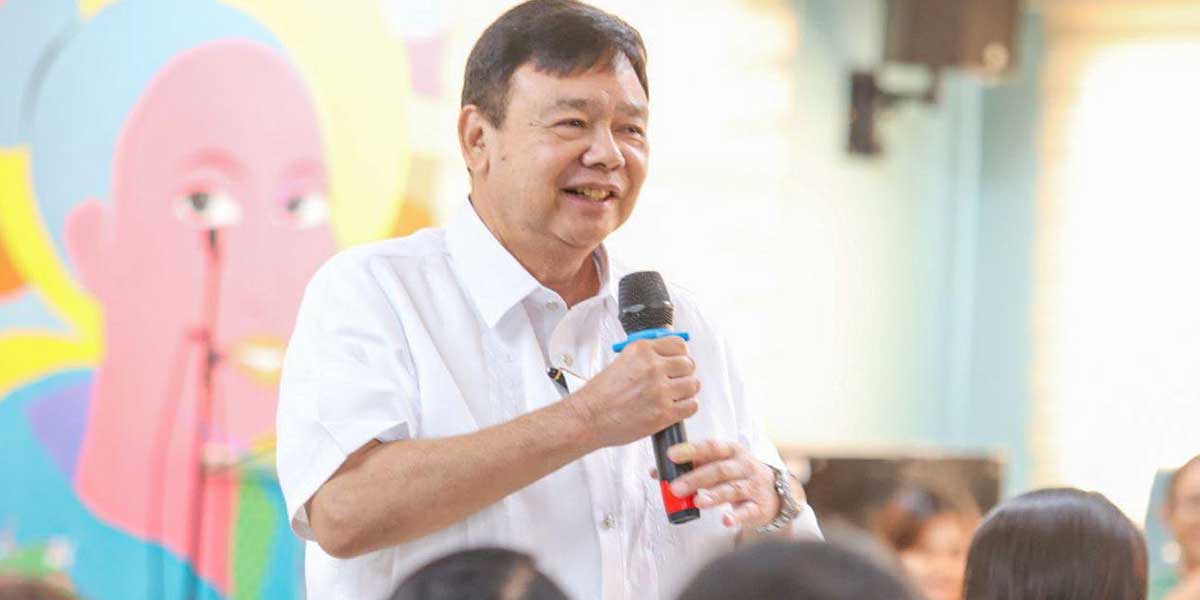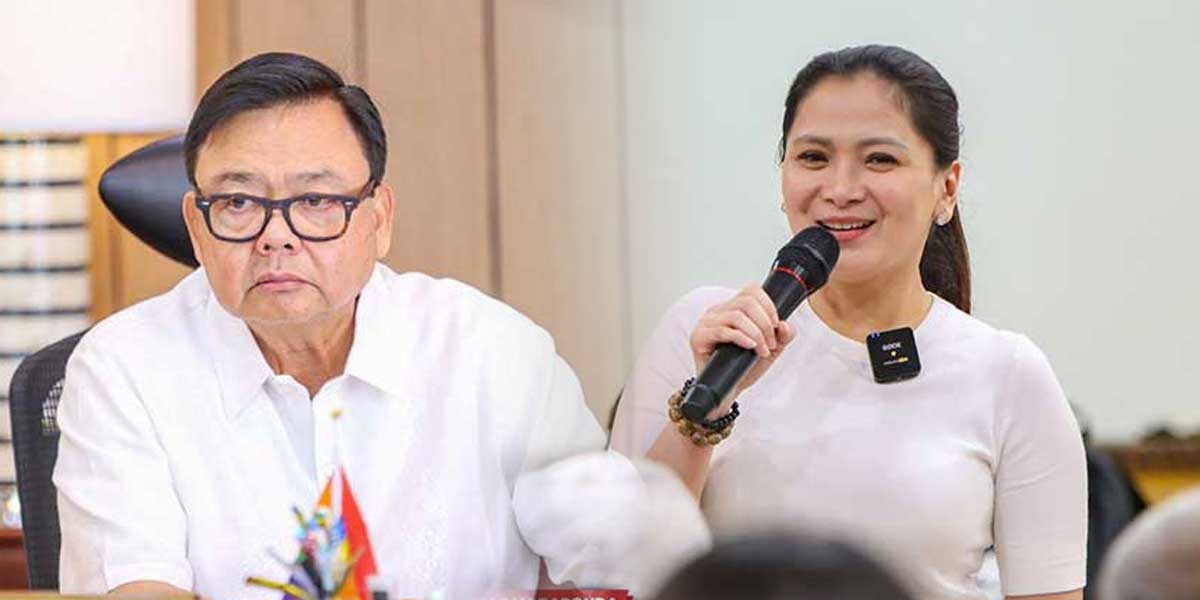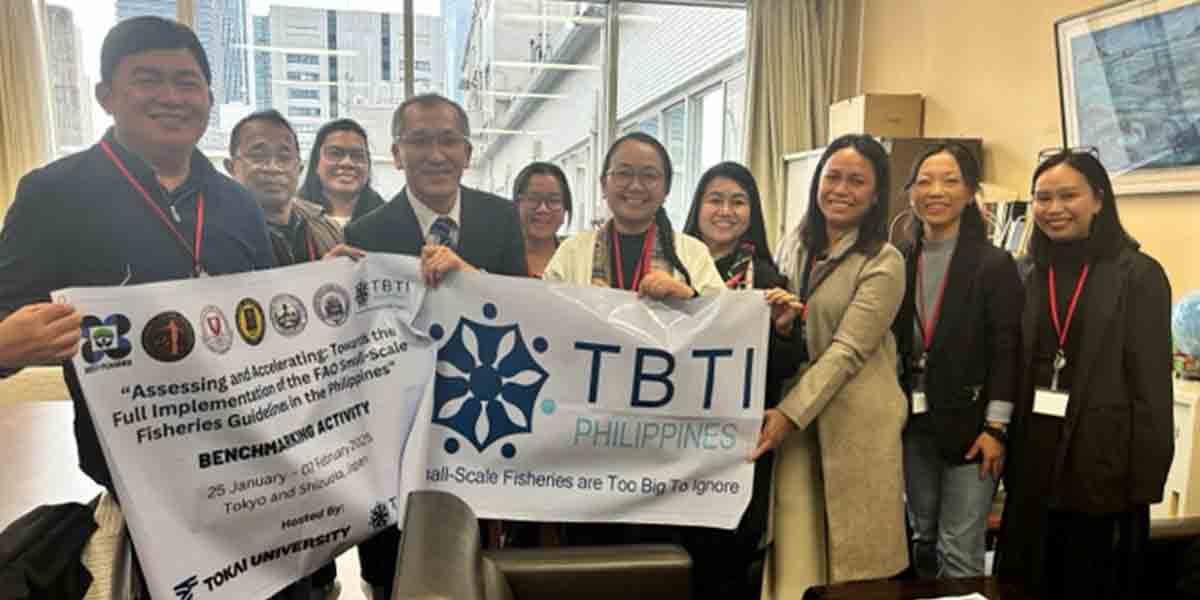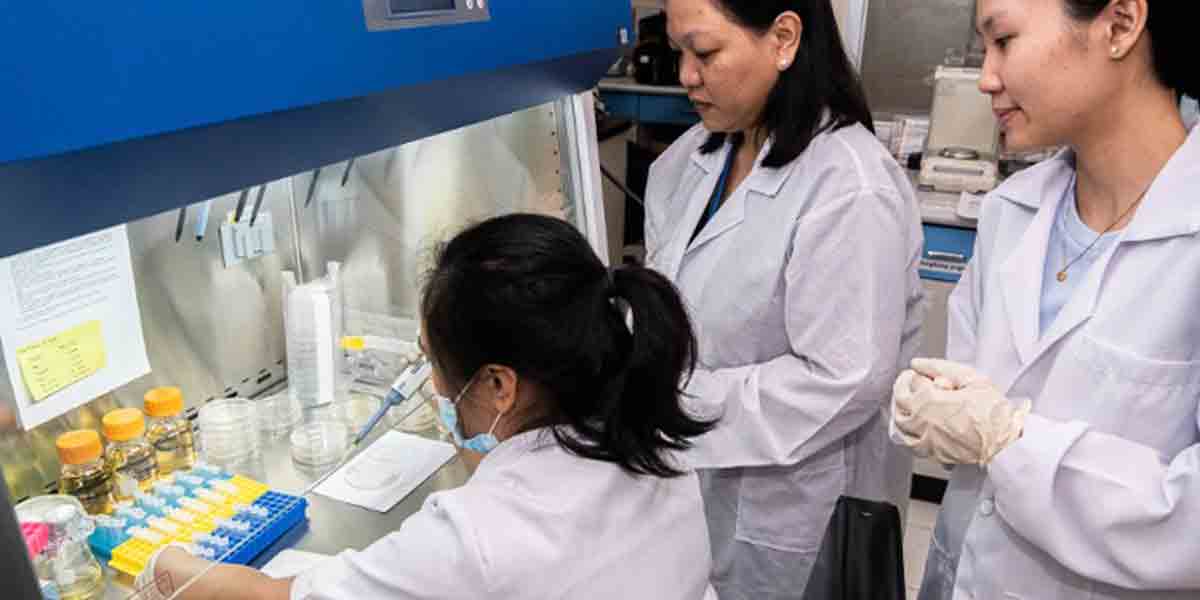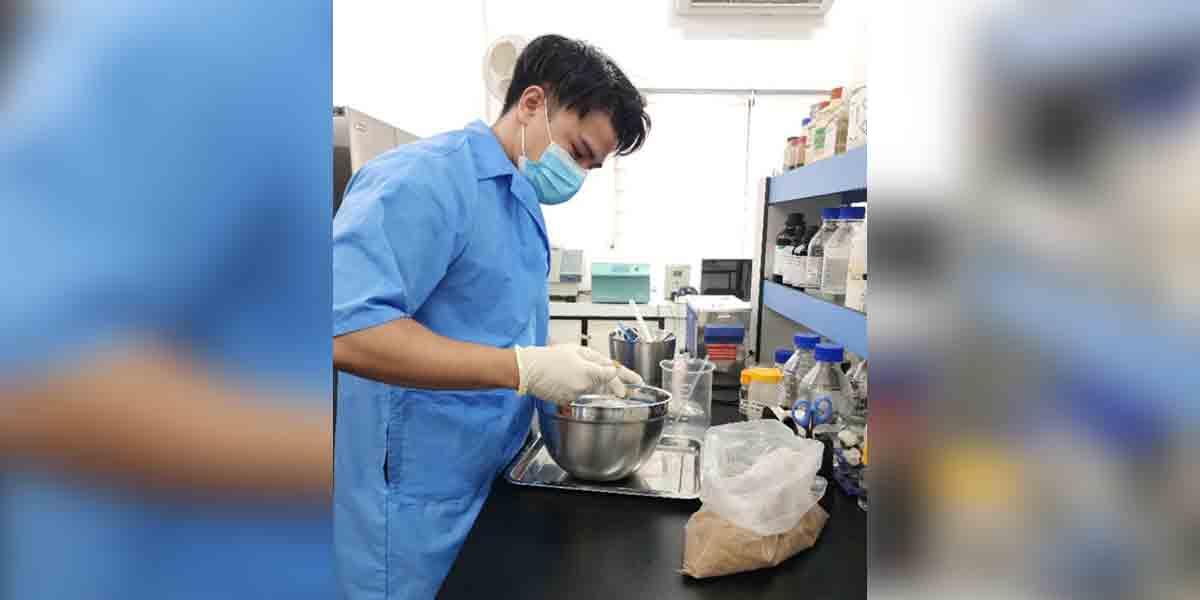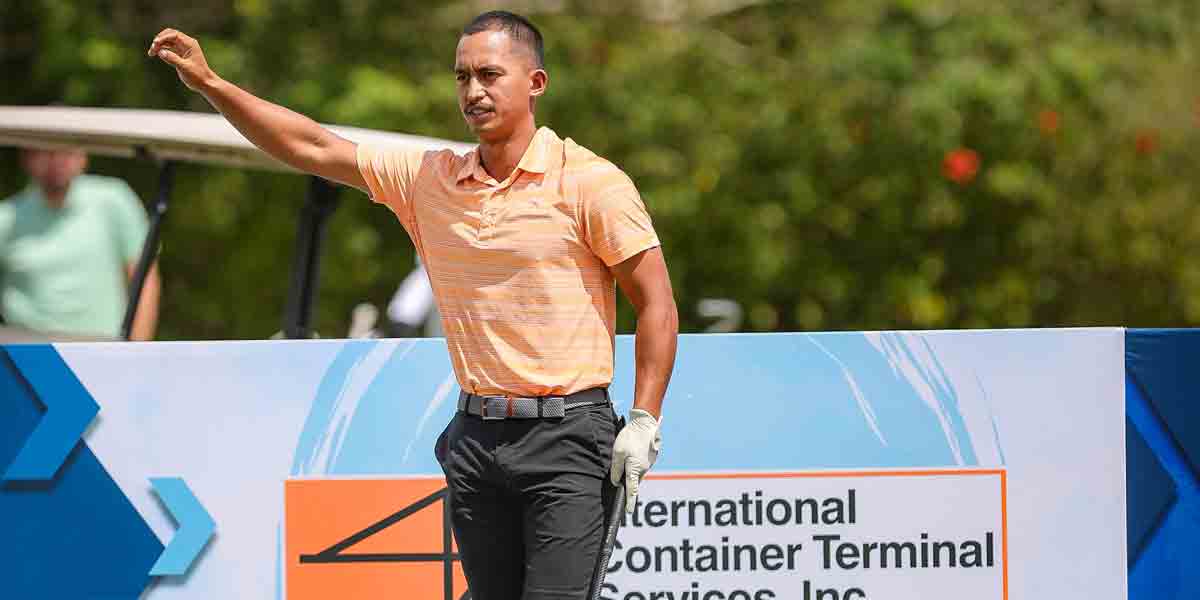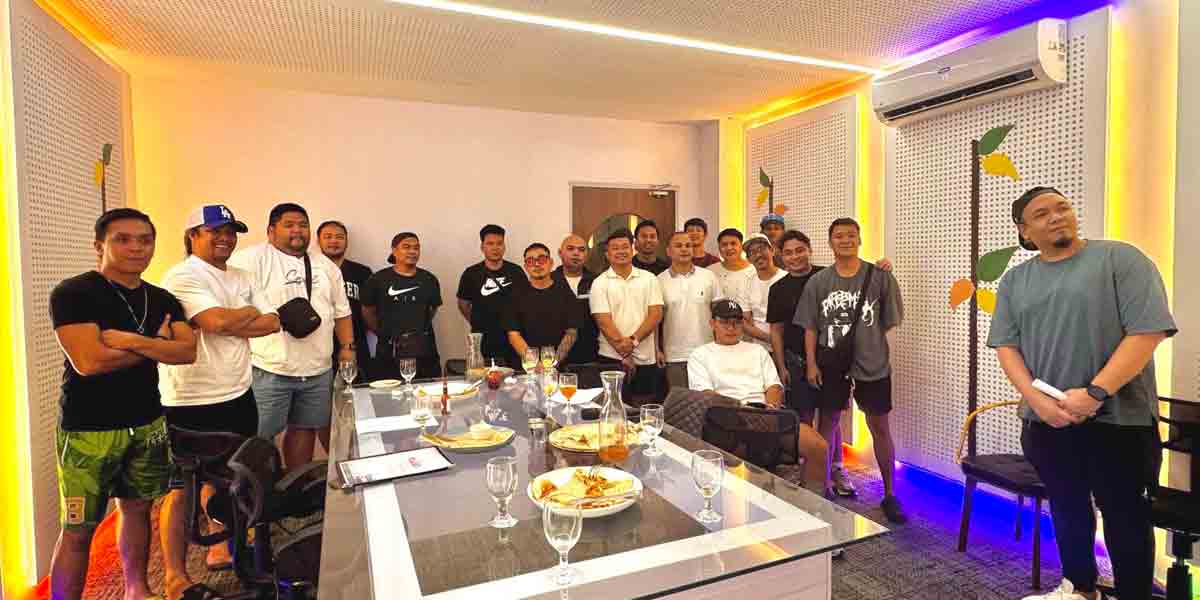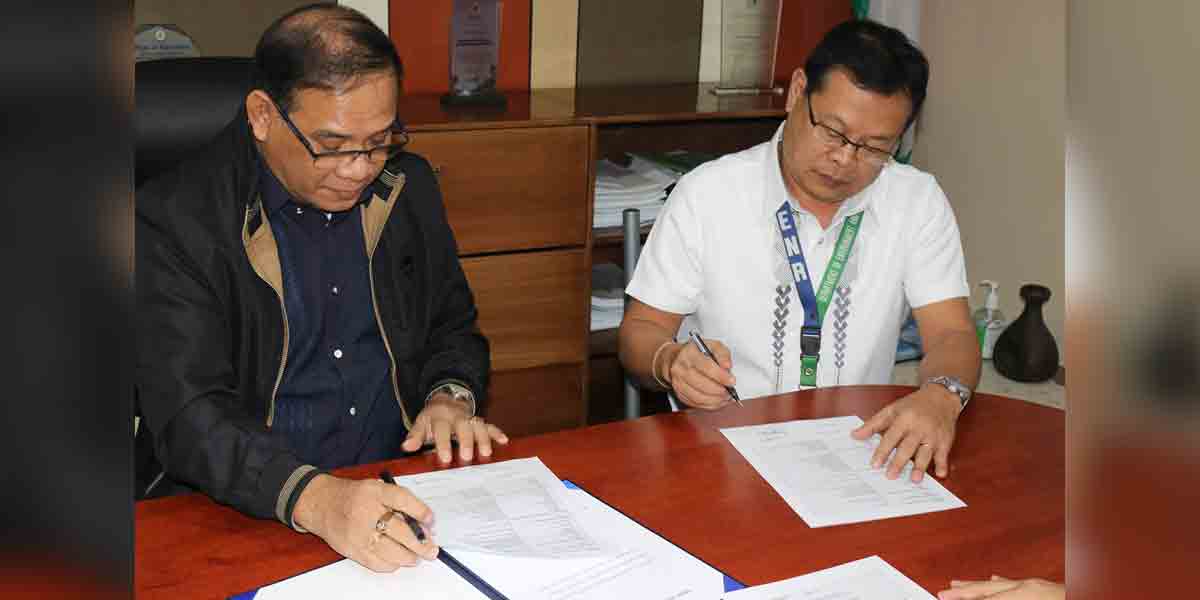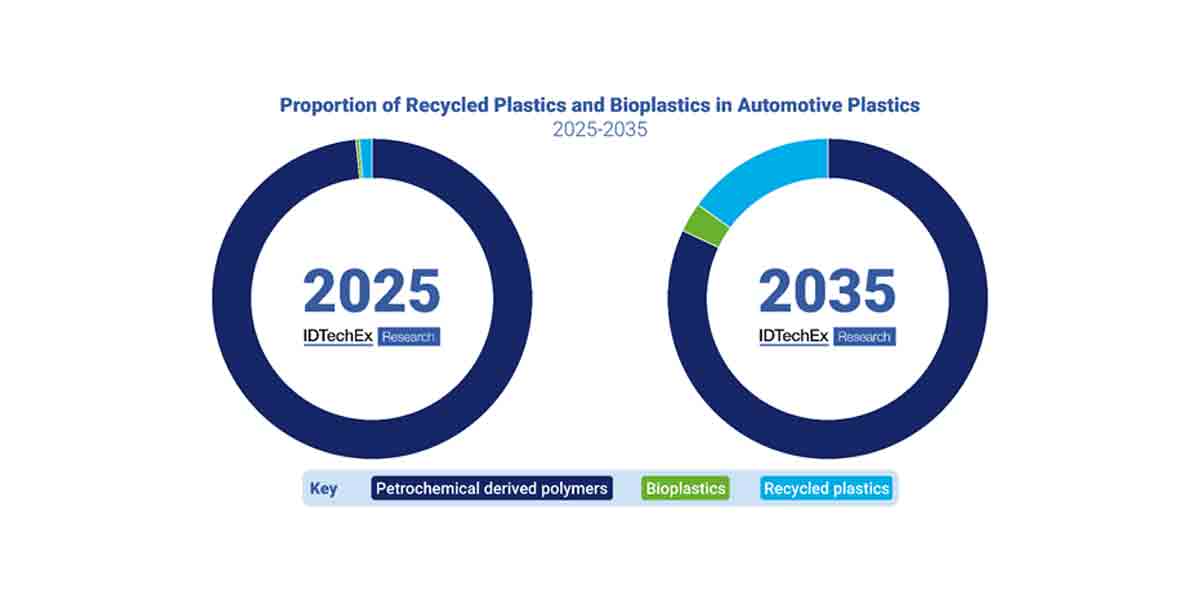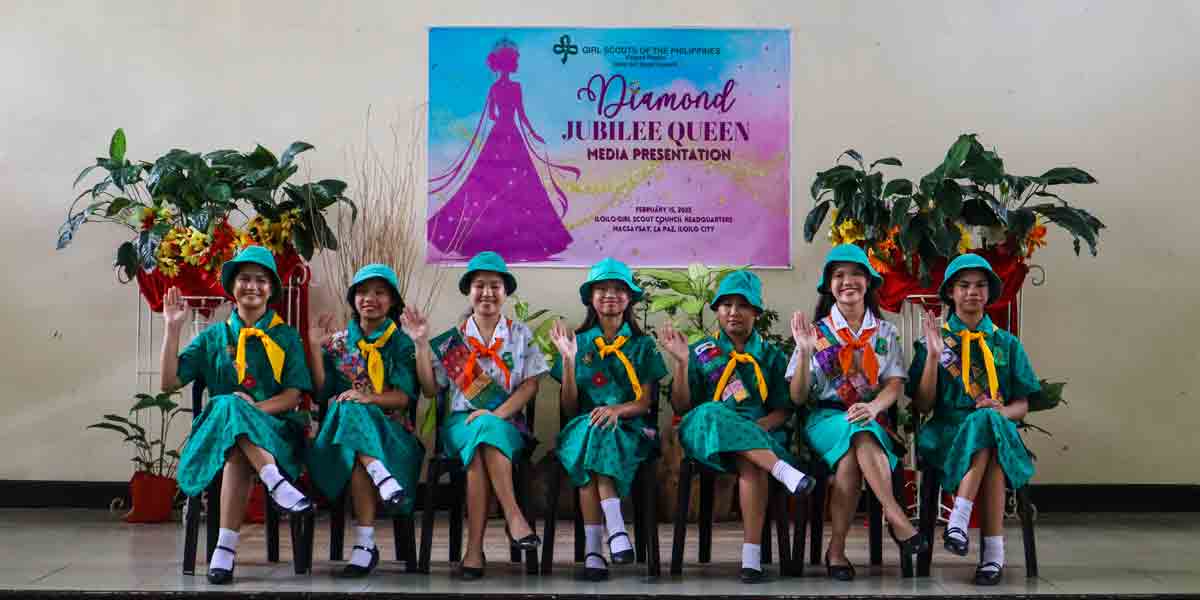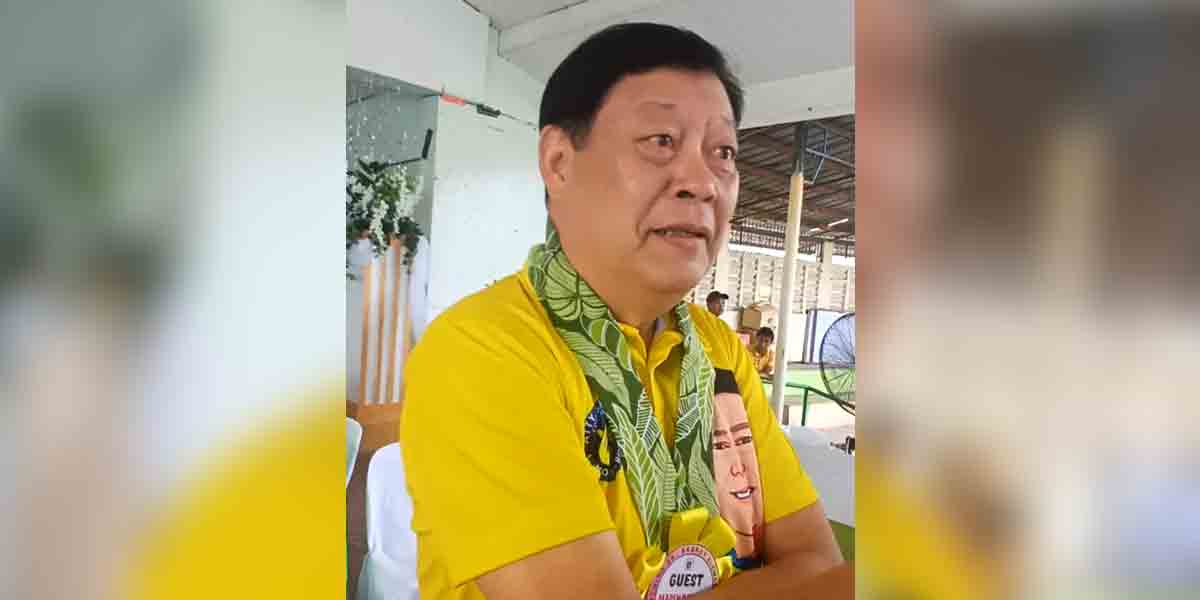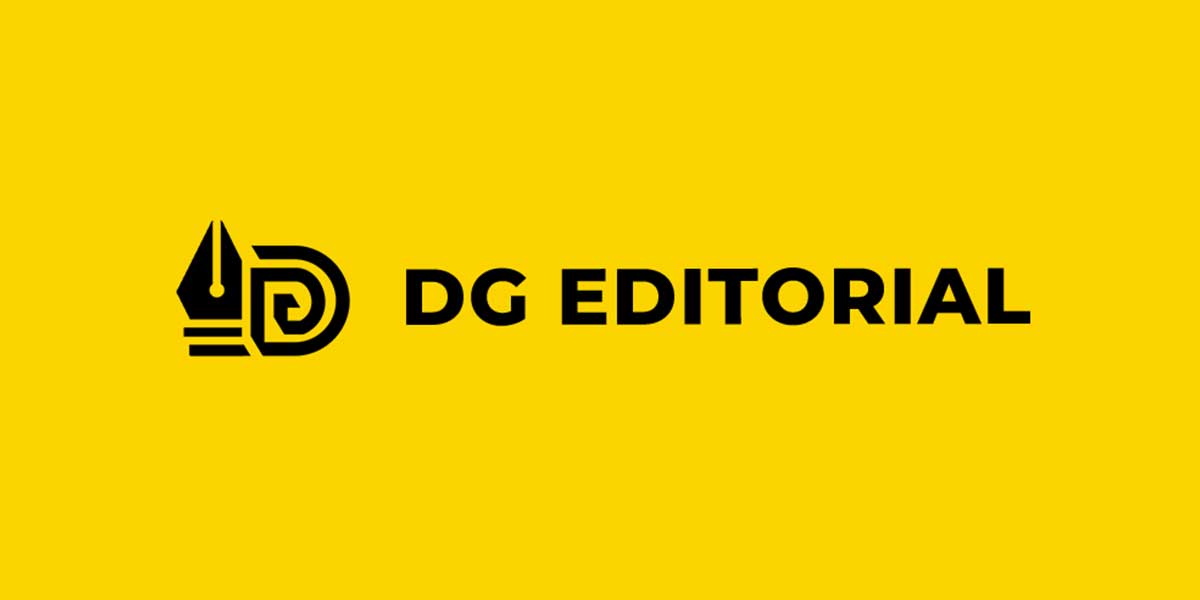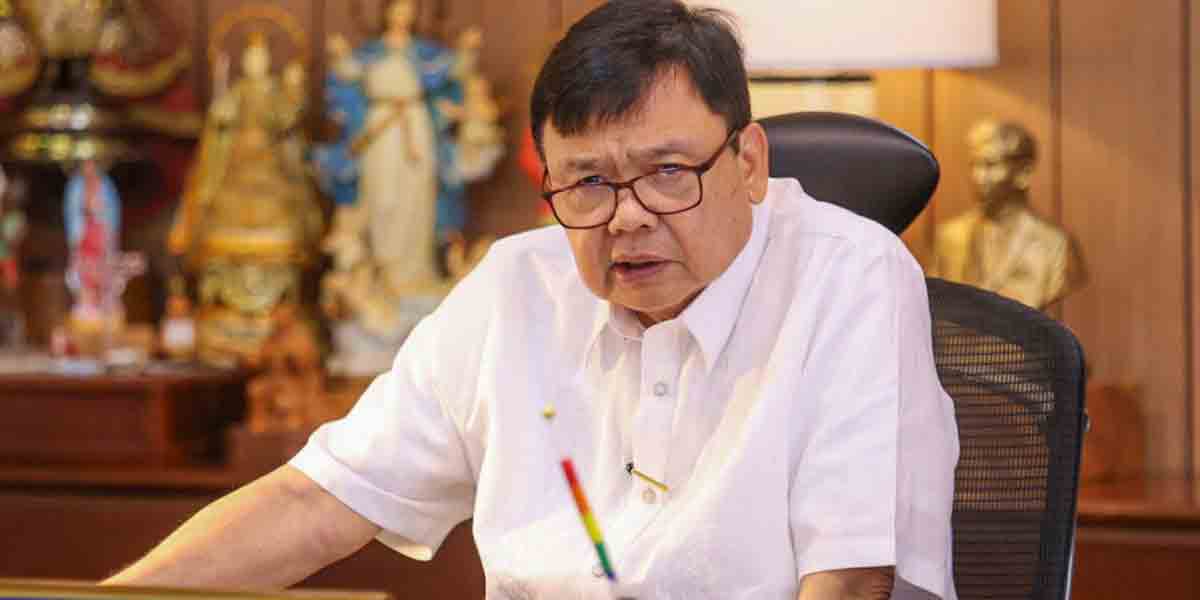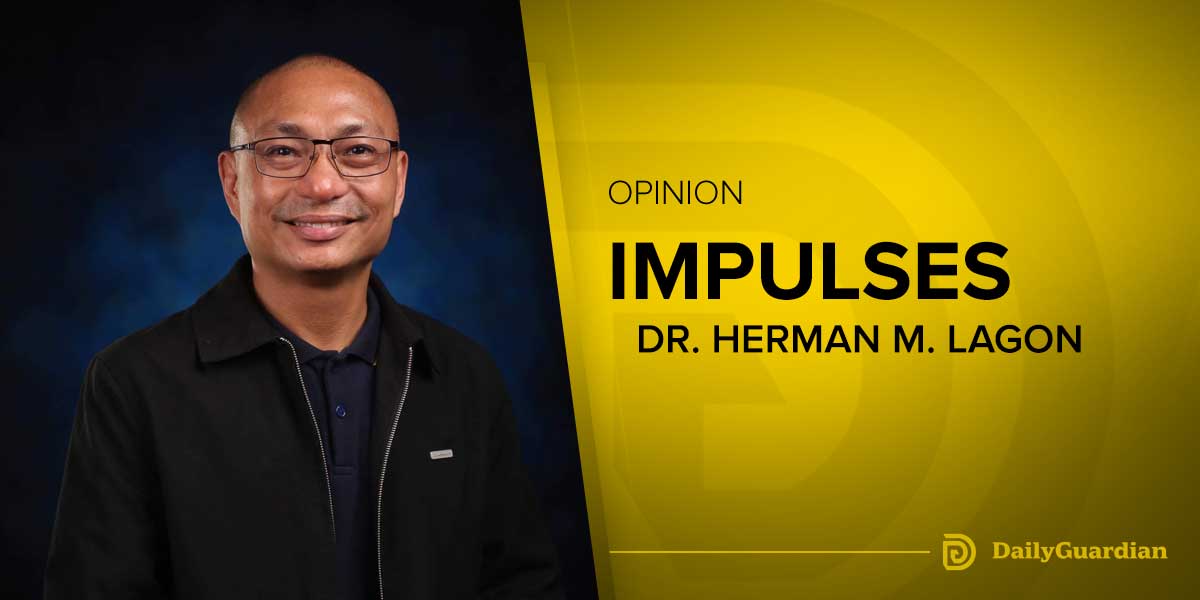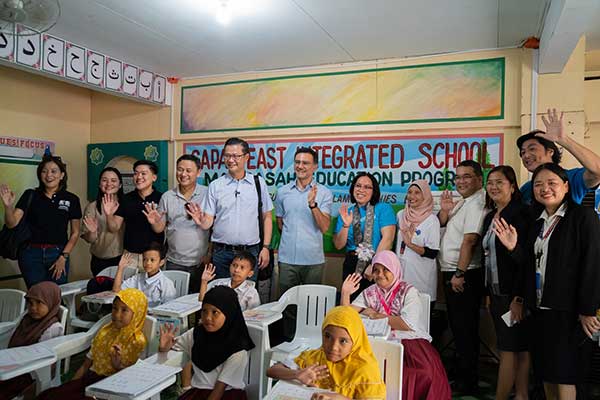
A UNICEF study has found that schools can produce high-performing learners even with limited resources, provided they receive strong support from local officials and community members.
The study, titled “Local Financing and Learning Outcomes in the Philippines: A Special Education Fund (SEF) Study,” was commissioned by UNICEF and the Department of Education (DepEd) to examine how education funding directly influenced by policymakers affects learning outcomes in the short to medium term.
Focusing on the financing of primary and secondary public school maintenance and operations, the study is part of UNICEF’s ongoing research on children’s rights in the Philippines.
Covering 173 divisions across 16 regions and 77 provinces, the study found that most school resources come from School Maintenance and Other Operating Expenses (School MOOE) and municipal Special Education Funds (SEF).However, the findings suggest that the relationship between these two funding sources could be improved for greater complementarity and effectiveness.
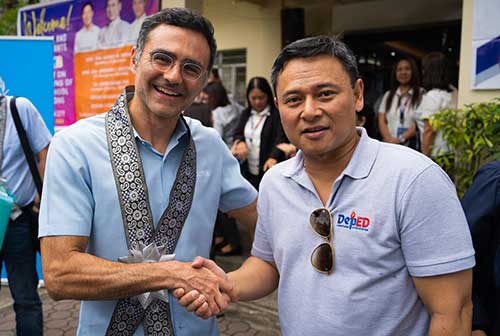
Gapan setting the standard
For example, Gapan East Integrated School in Nueva Ecija is in a DepEd Division with relatively low MOOE and SEF yet emerged as one of the top five among school divisions on the National Achievement Test for Grade 6.
One reason for this is good planning and implementation by the school, and another reason is the strong support of the Local Government Unit (LGU) to education.
UNICEF recommends increasing both the school MOOE and SEF allocations to schools, as well as strengthening the collaboration through the Local School Boards. Also, if these increases shall be linked with each other, it is better to connect the increase of school MOOE to factors that also drive low SEF, like property values and tax effort, rather than to low SEF directly.
In addition, any changes in the SEF and MOOE policy should consider the specific situation of the local government that affects the spending of both funds.
UNICEF’s education team had an opportunity to present its findings during a joint field visit in Gapan City with Education Secretary Sonny Angara and Senator Sherwin Gatchalian, co-chair of EDCOM2 and Chairperson of the Senate Committee on Basic Education.
Budgets for school improvement
“We have seen that increasing school MOOE will allow SEF to be more effective. SEF is currently seen as augmentation to existing school budgets during the school improvement plan cycle. However, freeing up the more flexible SEF funds from basic expenses can potentially produce better learning outcomes because then SEF can be used for highly effective teaching and learning activities,” says Akihiro Fushimi, UNICEF Chief of Education.
Among the main challenges that LGUs face in effectively utilizing their SEF is the need to occasionally use SEF to cover even expenses that are supposed to be covered by school MOOE.
Targeted education interventions
According to Ms. Teresita Mababa, Gapan Schools Division superintendent, while funding is low, they have learned to prioritize spending depending upon the urgency of the school’s needs. Mostly, these include repairs and general infrastructure. “Infrastructure and repairs are some of our top priorities because how can you teach when, for example, the roof is leaking, or children have to walk through floods inside the school?
Second, we try as much as possible to allocate funds for teachers’ training and development.”
Any additional funds—mostly from SEF and other donations—are used on targeted interventions and programs initiated by the Schools Division of Gapan City, aimed at enhancing learning outcomes.
Through a strategic approach that combines division-led initiatives with the school’s tailored projects, Gapan East Integrated School implemented a range of practices that prioritized learner engagement, skill development, and comprehensive academic support.
These combined efforts underscore the division’s commitment to fostering educational excellence and holistic growth among its learners.
“If you look at the names of top-performing schools, it’s usually the cities with large purses,” Department of Education Secretary Sonny Angara said during the visit. “Yet Gapan is doing above average and showing good results with a fairly average budget. That is an indicator of quality,” said Angara.
While increasing schools’ MOOE is the goal, Senator Gatchalian said schools like Gapan that focus on direct learning and student development are already seeing clear gains. “We need to review how we compute the school MOOE. It needs to truly reflect the needs on the ground and a good spending strategy from the school leader,” the senator added.


